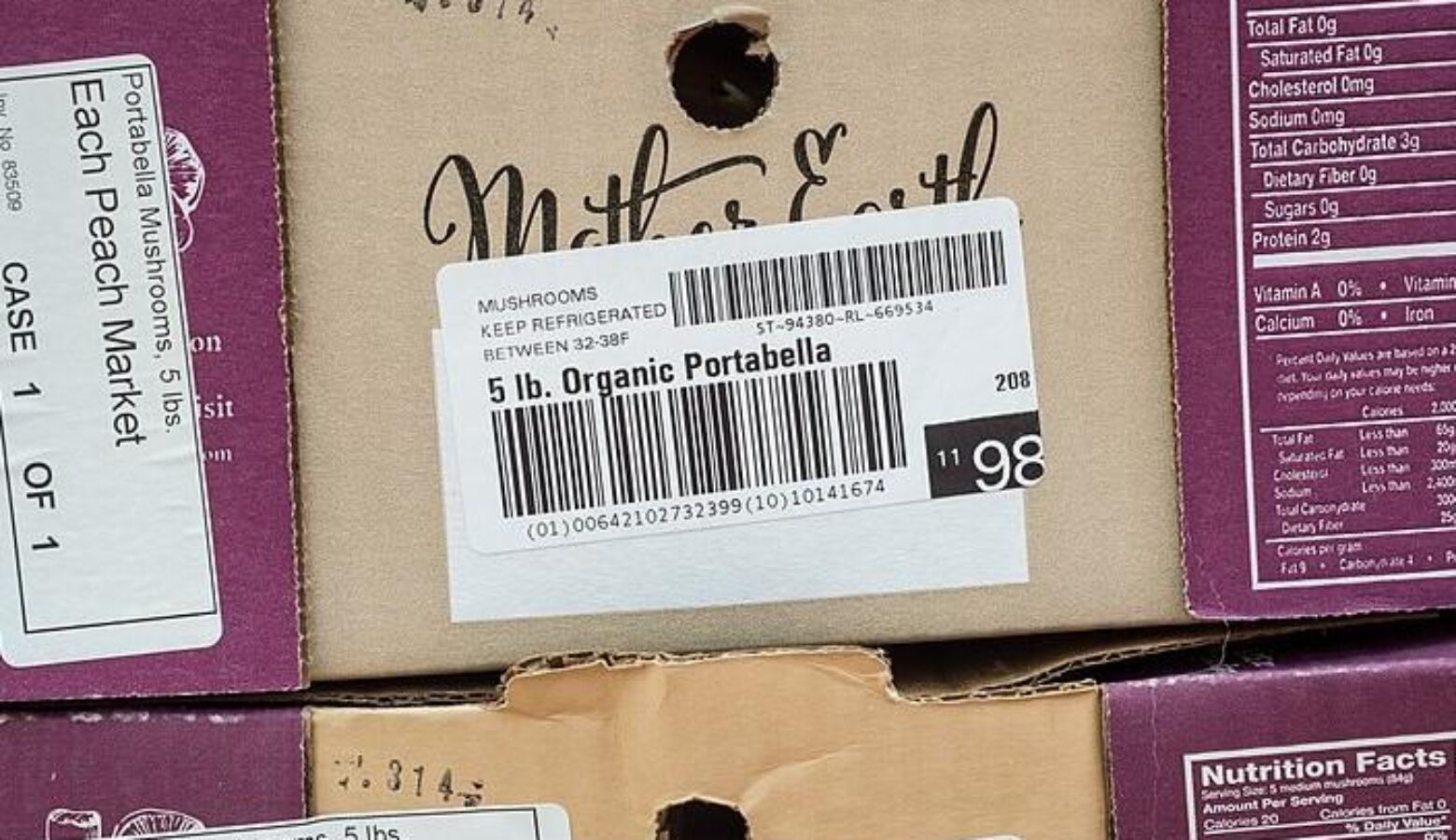USDA updating organic food labels to curb fraud

The USDA is implementing new rules to make it harder for ‘organic fraud’ to happen.
The March update, the first to come since guidelines were established in 1990, changes how food is labeled Organic versus 100% organic. They will require certifying agents to conduct unannounced inspections of at least 5 percent of all organic food manufacturers they certify.
Ashley Adair, organic agriculture specialist at Purdue, said that the changes come partially as a reaction to organic fraud in the industry.
“A lot of times on the grain production side, there have been cases of folks that are fraudulently selling grain that’s conventionally produced or grain that’s been fumigated or otherwise treated with some non-organic process,” she said. “And that grain has been fraudulently sold as organic and made people a lot of money.”
Foods labeled 100% organic means completely organic, while organic means produced with at least 95 percent organic materials. ”Made with organic ingredients” means produced with at least 70 percent organic materials.
Adair said that one of the new rules changes how this calculation is made.
“This rule clarifies that if you are going to be making this calculation, you will be calculating the weight of those ingredients before the baking step or before the cooking step.,” she said. “And you also drop the weight of water and salt because you can’t really call those certified organic. So, it clarifies that and prevents certain food ingredients from having a so-called overinflated organic percentage that would then change maybe which set of words you would use to label that product.”
Adair said the new rules should help consumers feel more secure that what they’re buying is what it says it is.
“One of the big takeaways for the consumer is that this rule will tighten the laces so to speak on some of those handling points, especially when it comes to international trade in the handling of grains at processing facilities and anybody else that does what the USDA defines as handling,” she said.
Handling, for example, could be combining organic grain from multiple sources. Through the new rule, each source of grain must be more easily traceable back to the producer.
After the rules take effect in March, companies will have 14 months to adjust their processes.
